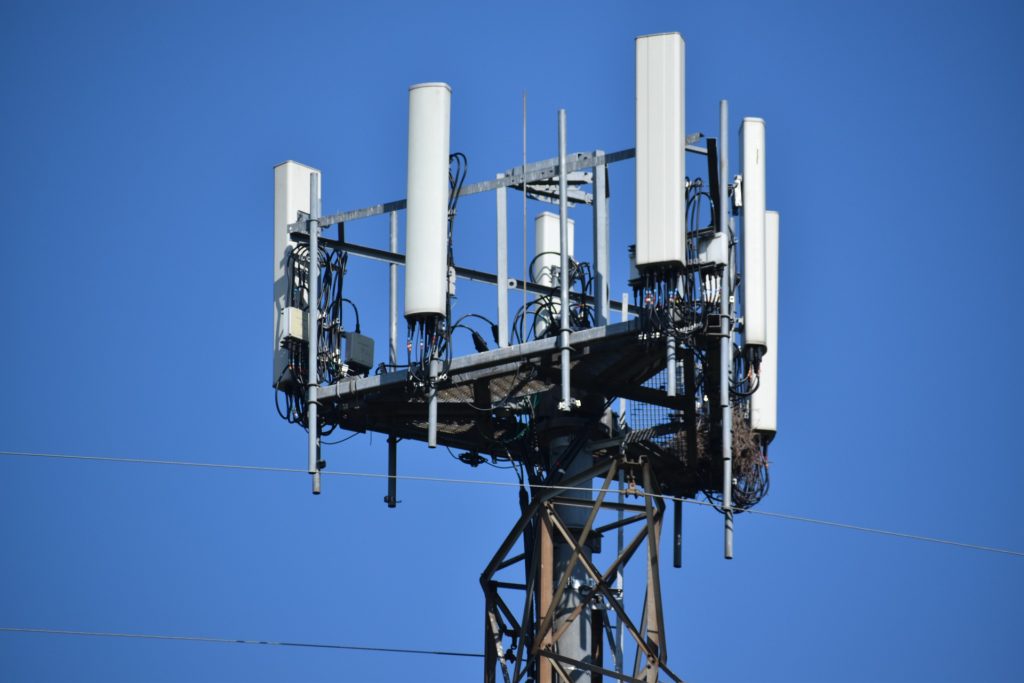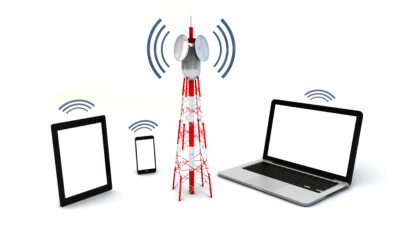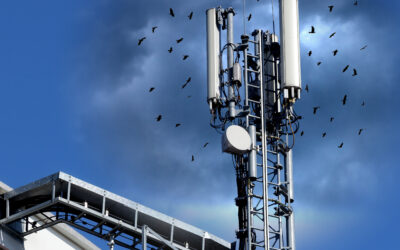How LTE Technology Compares to 5G Technology

In the past few years, 5G has been hailed as the network that will change the internet. In the coming years, it will gradually replace the LTE networks. But what is the difference between the two? Is 5G that much of an improvement?
What Is LTE Technology?
LTE, sometimes called 4G LTE, stands for 4th Generation Long-Term Evolution. The name stands for a developmental stage in mobile service offerings and speeds, not a particular technology. Fourth-generation simply means it’s the 4th iteration of the LTE network, and it was put into use in 2008, although it took a few years to spread to most regions.
LTE’s purpose was all about increasing network speeds through increased bandwidth and data and decreased latency. It created a more time-efficient and cost-efficient network that was capable of handling more users than ever before.
What Is 5G Technology?
5G was developed with the future in mind. While 4G and its predecessors were centered around improving smartphone capabilities, 5G looks to a future where many more devices will be connected to the network, going far beyond smartphones and tablets. 5G was created with the Internet of things (IoT) in mind. It’s capable of working with wearable technology, smart vehicles, and smart appliances.
Like LTE, 5G isn’t a specific technology, but a set of advancements designed to change and improve the way we use the internet. Unlike its predecessors, 5G runs on different radio frequencies. It can’t function on current cell towers and equipment. Older phones won’t work on 5G, so most new models are 5G capable.
Mobile service providers are also working to update their systems. There are three types of 5G:
- High-band networks- High-band networks offer the fastest speeds, but also have weaker signals. High-band networks will require many cell sites to operate, especially in larger cities where signals can’t travel through buildings.
- Low-band networks- Low-band networks have a farther-reaching signal but are only about 20% faster than 4G.
- Mid-band networks- Mid-band networks are a happy medium between high- and low-band networks. You’ll get faster speeds but still have decent coverage.
Over time, everyone should have access to a blend of the different 5G networks.
Comparing LTE and 5G Technologies
Currently, 5G networks are being implemented to work in conjunction with existing LTE networks. Over time, 5G will exist on its own and LTE will become extinct.
One of the biggest differences between LTE and 5G is speed. LTE’s radio frequencies max out at 6 GHz, while 5G is capable of frequencies between 30 and 300 GHz. Currently, 5G is at least ten times faster than LTE, but will potentially be 100 times faster.
5G also has a better capacity to manage lots of devices at once. It’s designed for large crowds of people, many more types of devices that are online, and the over five billion mobile users in the world.
While 5G has proven to be safe and secure, there are always risks when people’s secure information is online. Companies like Smith and Fisher help businesses make sure they’re secure.
5G Is Here to Stay
Now that 5G is being implemented, users will begin to see the benefits of the more advanced network. As we move forward with technological development, it’ll be interesting to see how 5G will hold up and what will come next.
Recent Posts
- RF Safety: The Silent Protector of Wireless Communication
- How RF Signal Generators Drive Effective Testing Practices
- How Radio Frequency (RF) Testing Enhances Connectivity and Reliability
- The Importance of RF Education in Today’s Tech Landscape
- What to Expect During a Radiofrequency Radiation Site Inspection?






